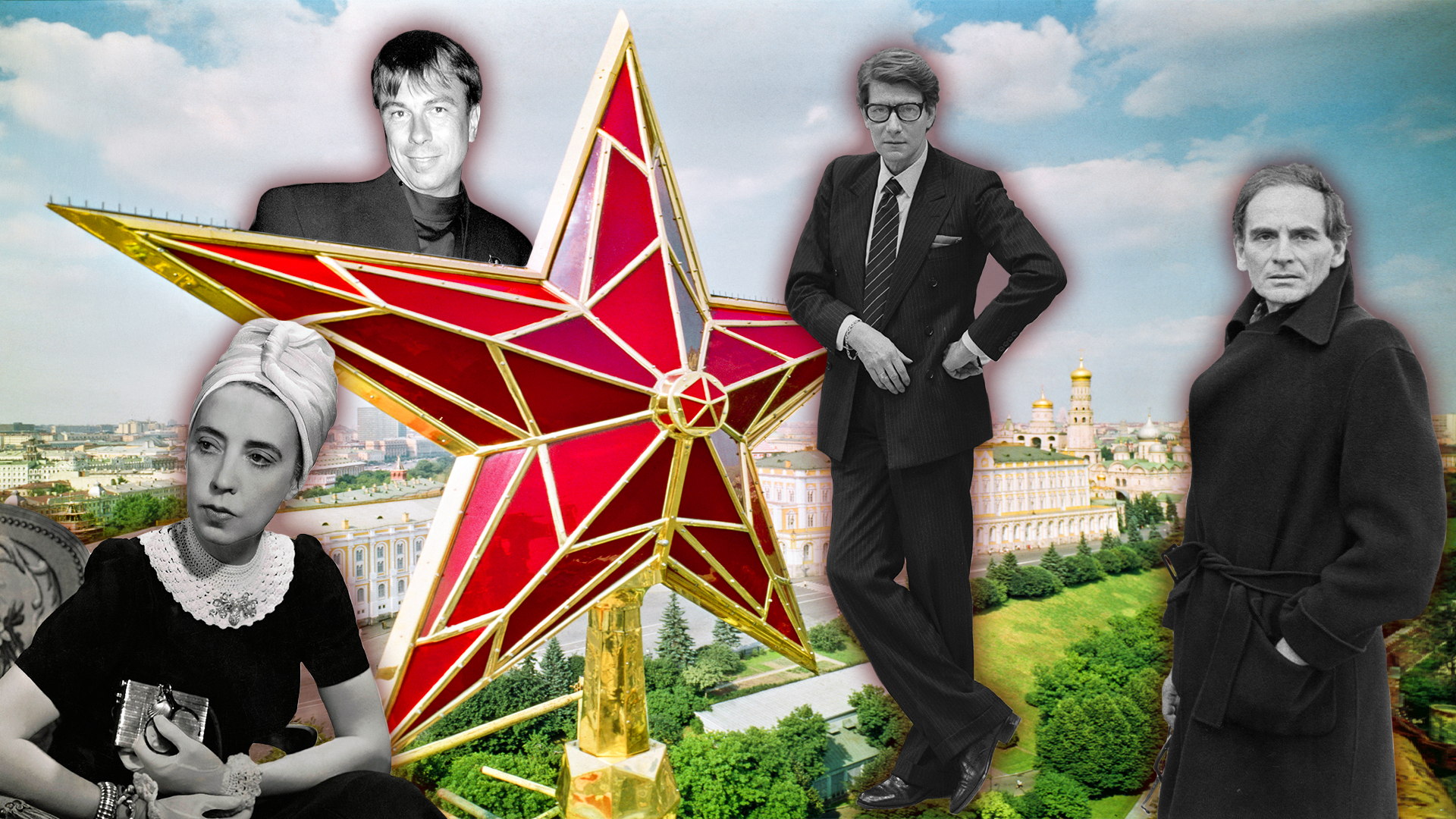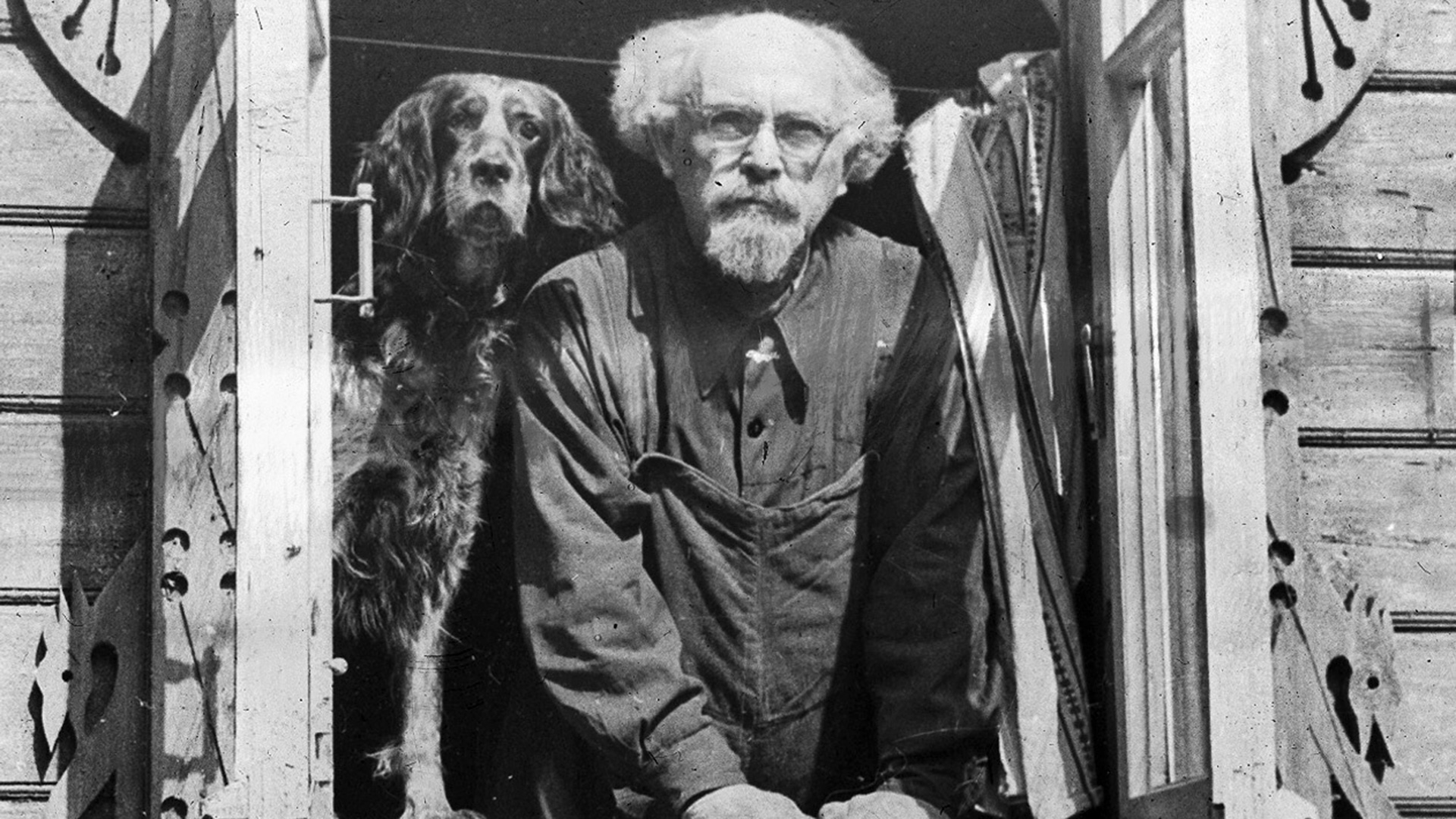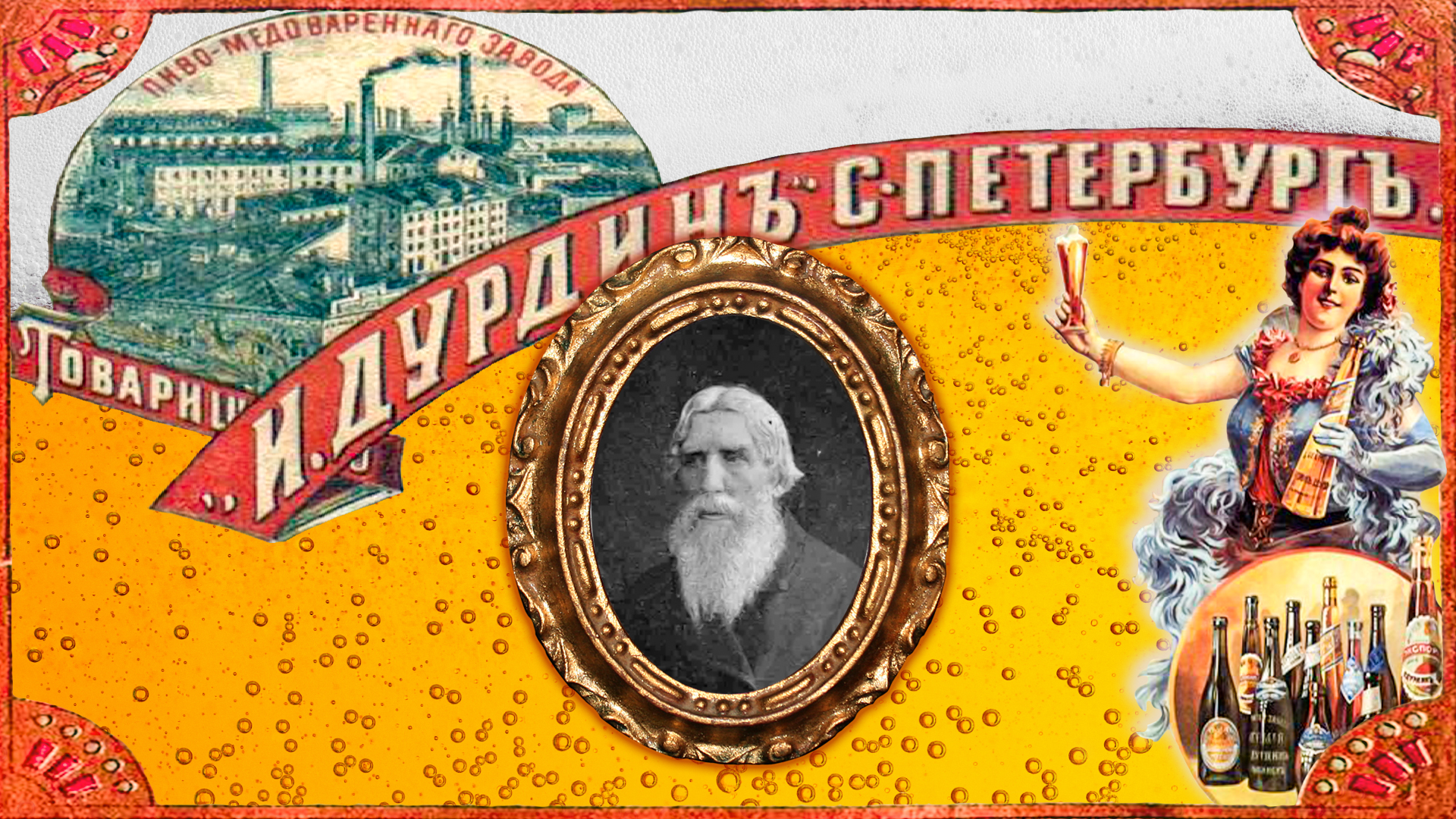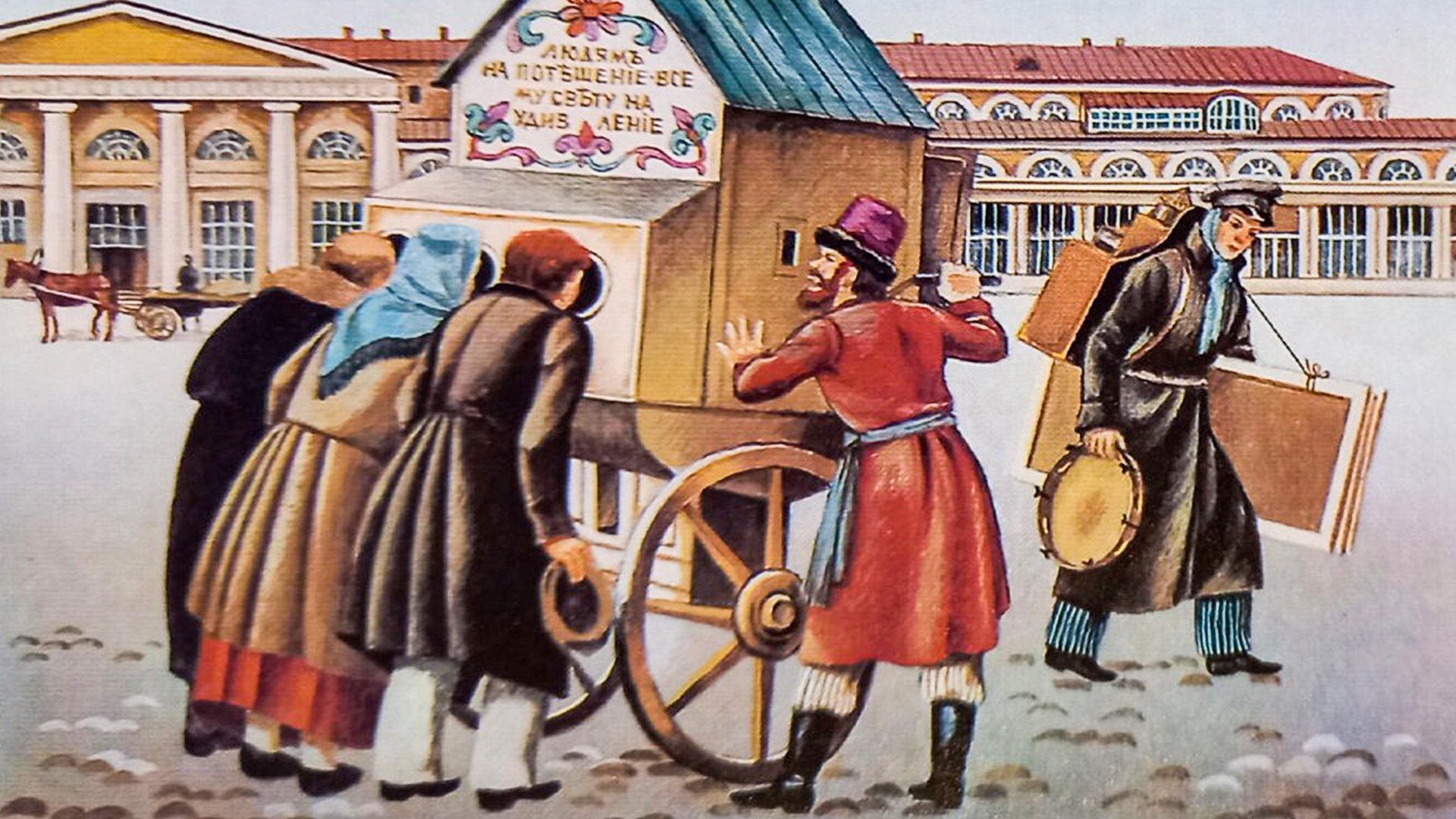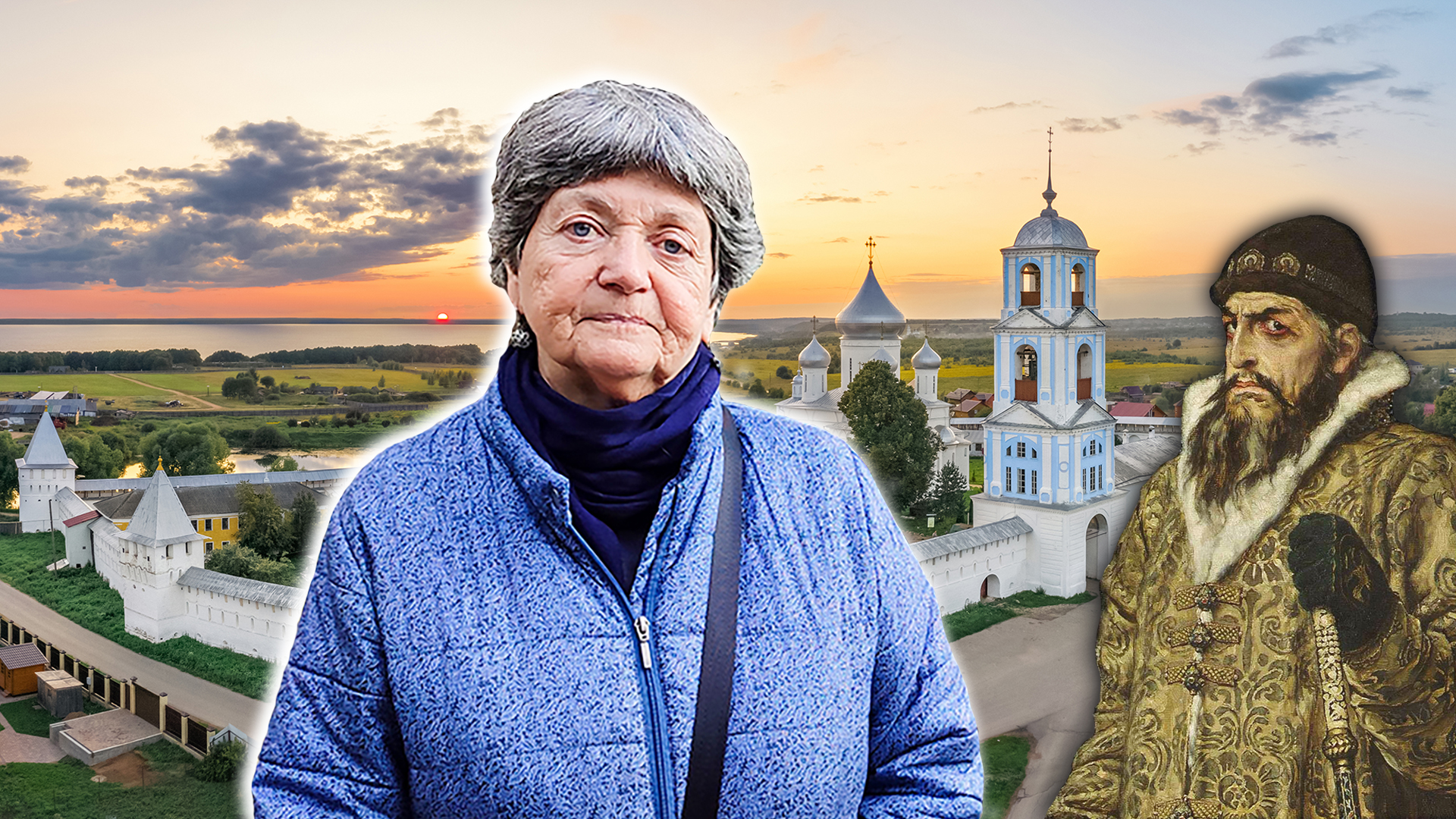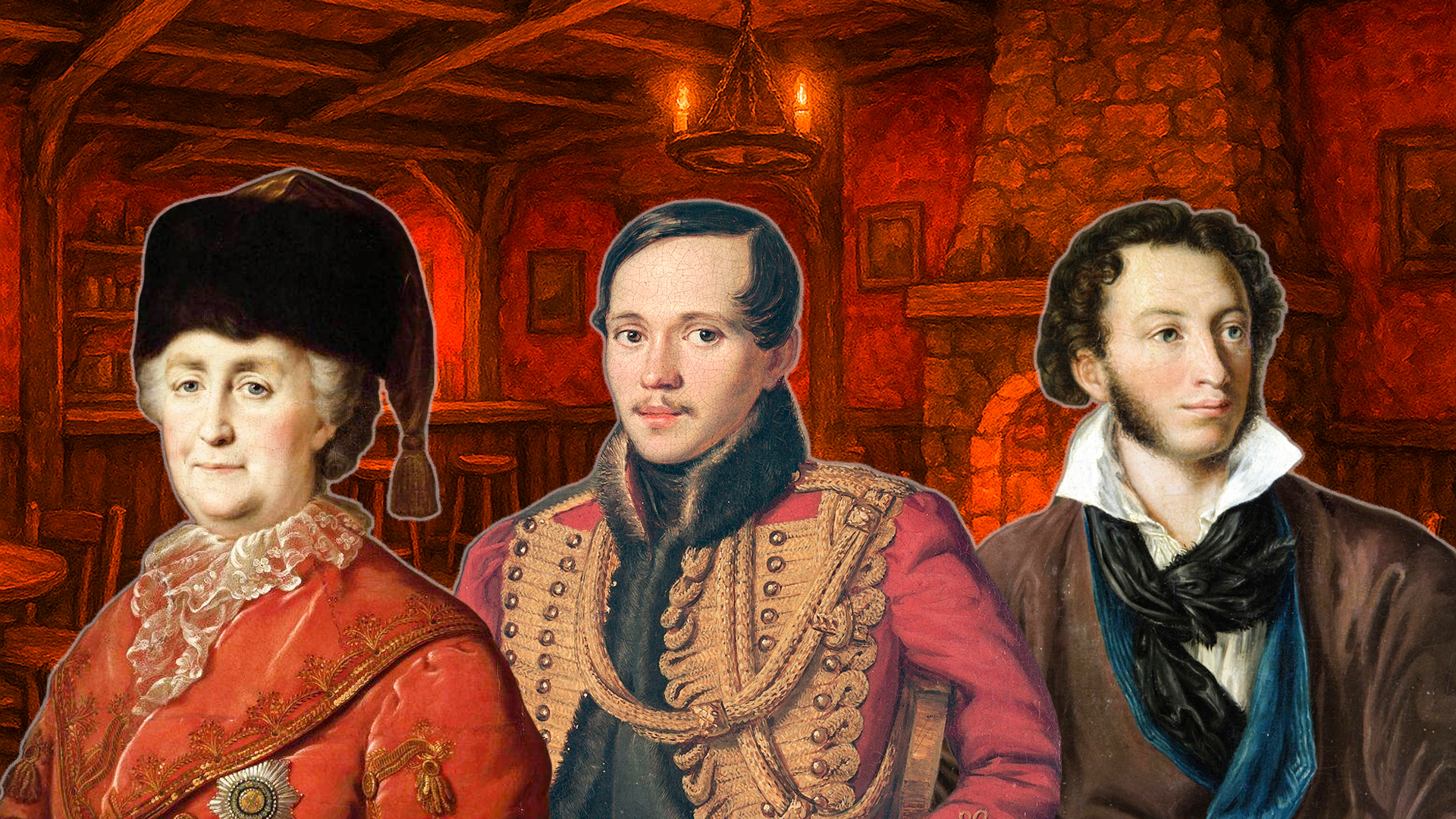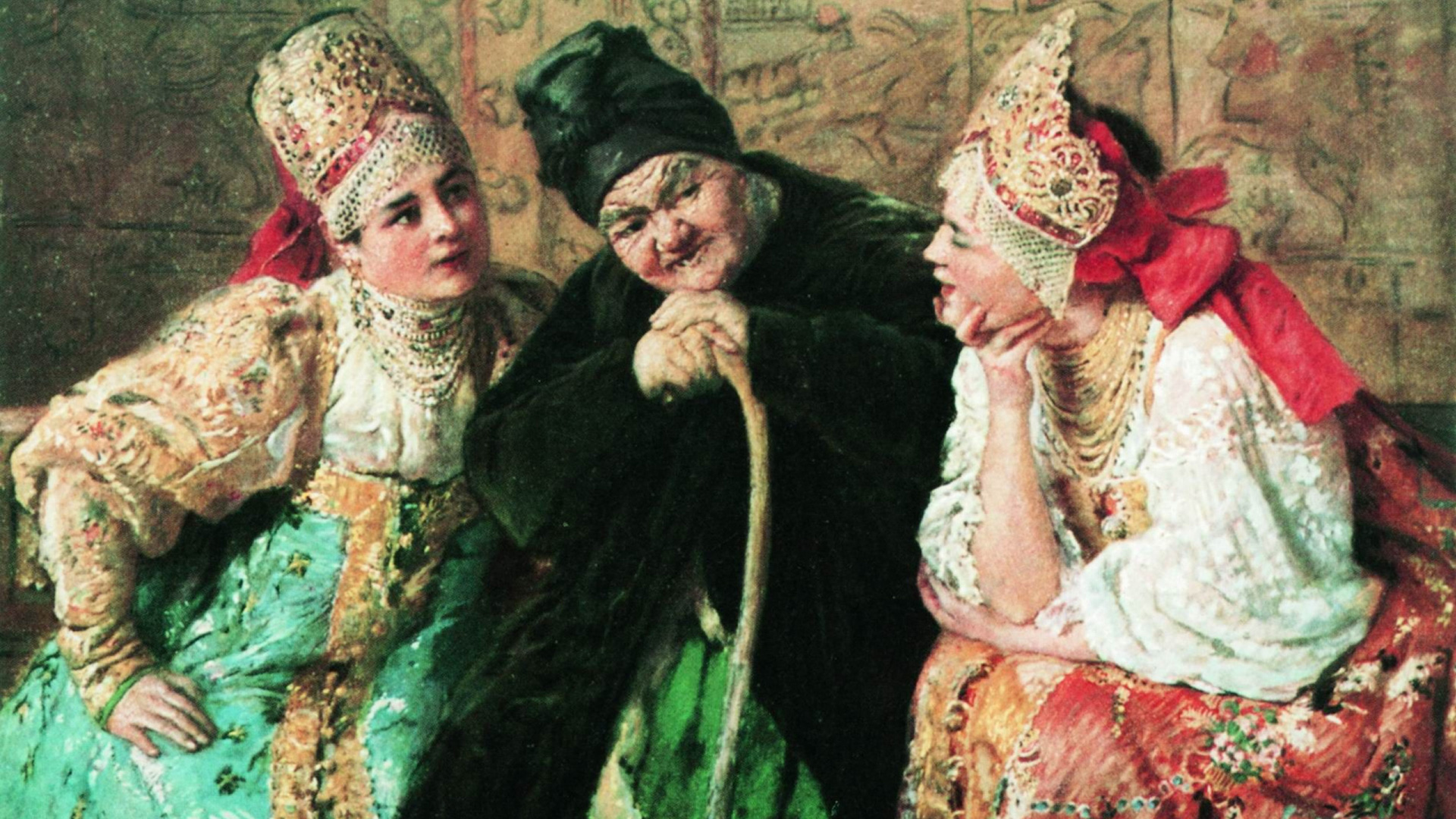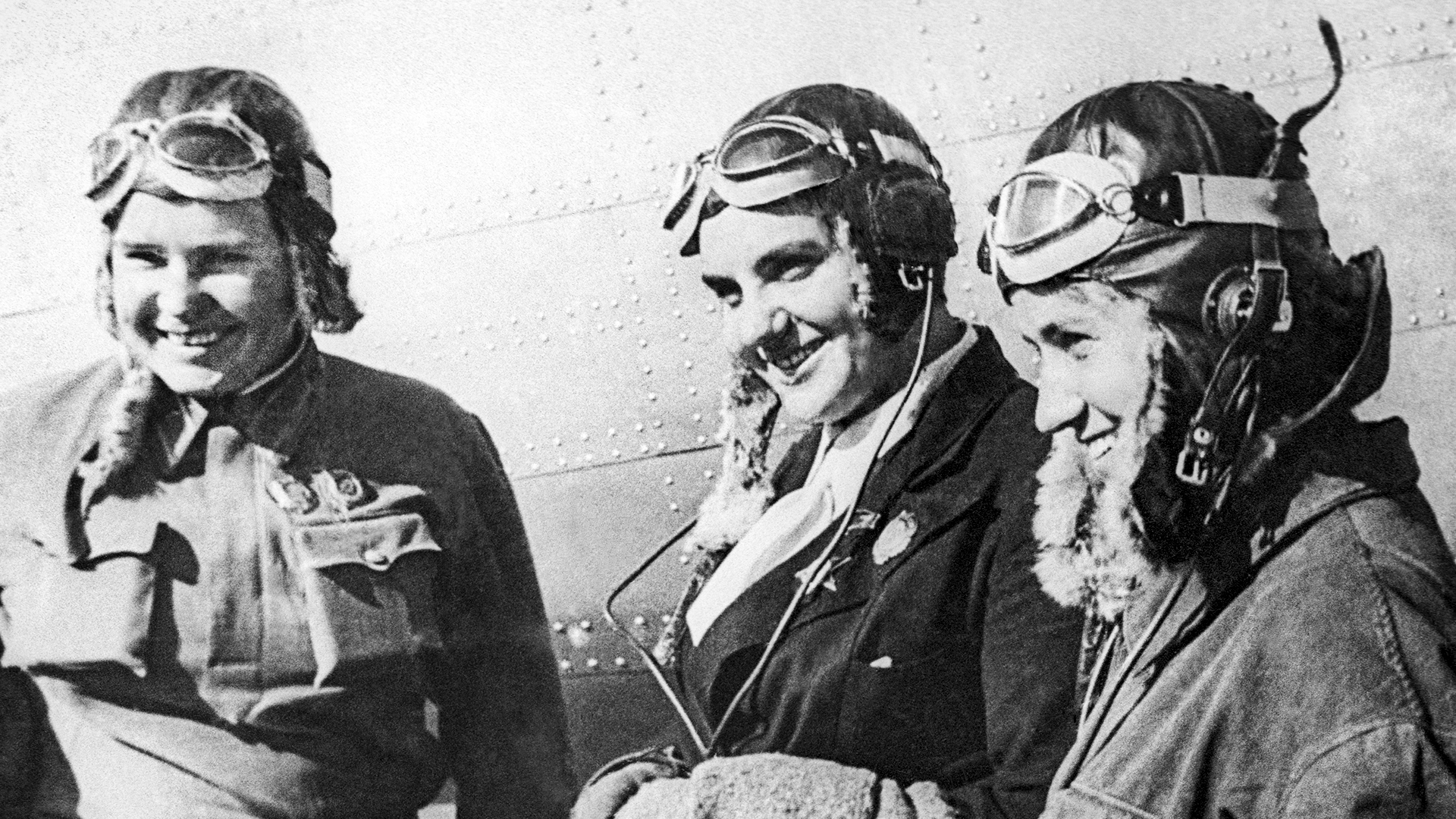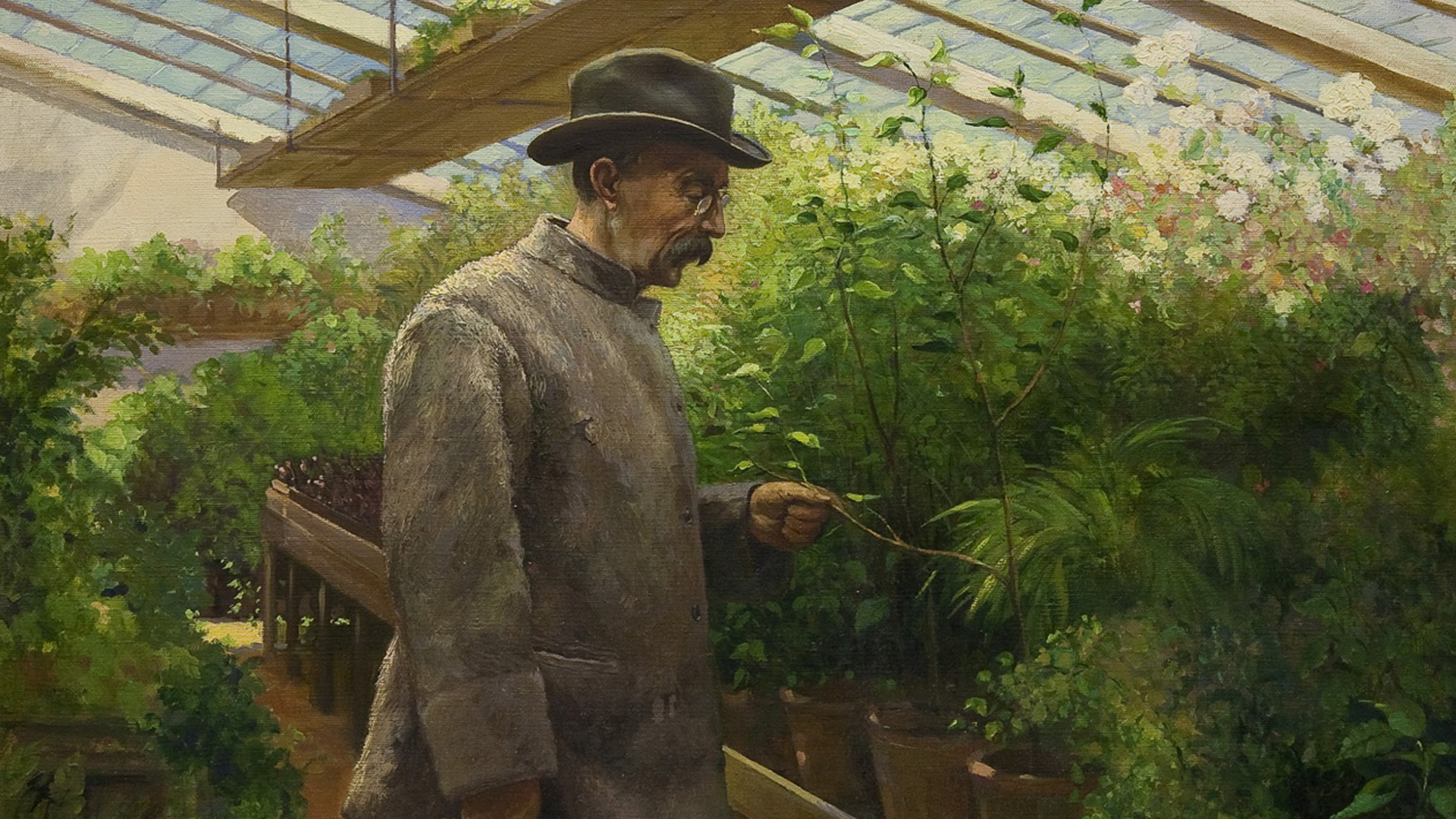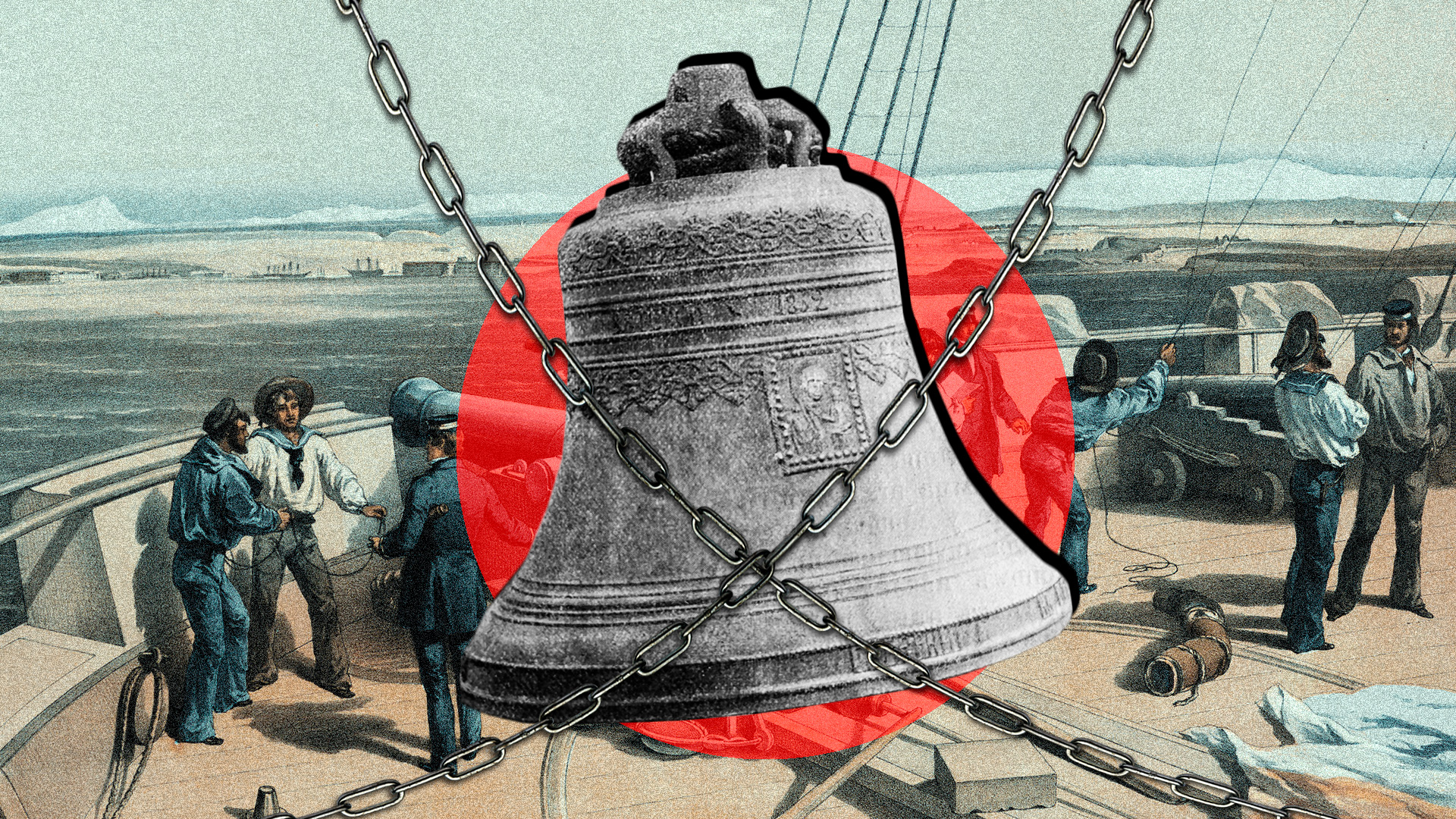
7 facts about Novodevichy, Moscow’s main monastery

1. You can observe 500 years of Russian history


Chronicles testify that the monastery was founded in 1524, 10 years after Prince Vasily III of Moscow recaptured Smolensk from the Lithuanians. The place for the construction was chosen to be the flooded meadows of Devichya Pole, located in a bend of the Moskva River. Only the Smolensk Cathedral was built of stone; the rest of the buildings were wooden for a long time. Therefore, the monastery was repeatedly destroyed, burned and rebuilt. It survived the Polish invasion, was almost blown up during the war with Napoleon, ceased to be active after the 1917 Bolshevik Revolution and resumed services after World War II.
2. Was a place of exile for queens

A number of researchers believe that the very foundation of the monastery was connected with the need to get rid of an undesirable wife. Otherwise, how else to explain the fact that Prince Vasily III recaptured Smolensk in 1514 and returned to the idea of founding a monastery in 1524? For almost 20 years of marriage, Solomonia Saburova, the wife of the Grand Duke, could not give birth to an heir. Vasily III feared that power would pass to his nephews and started divorce proceedings. As a result, she was forcibly tonsured as a nun. However, she did not have time to live in the Novodevichy Convent – she lived and died in the Pokrovsky Monastery in Suzdal. Vasily III soon married Elena Glinskaya, daughter of a Lithuanian prince. From this marriage Tsar Ivan the Terrible was born.
Under him, the Novodevichy Monastery finally became “court” – his closest relatives settled there: Princess Juliana, widow of Grand Duke Yuri Vasilievich of Uglich, Ivan the Terrible's younger brother, and Tsarevna Elena, widow of Ivan the Terrible's son, Tsarevich Ivan Ivanovich.
But, the main tsarevna of the monastery in the people's memory remained Sophia Alexeevna, the elder sister of Peter the Great. First, she was one of the main builders of the monastery. During her reign, a bell tower, new churches and refectories were added and the towers were rebuilt. Secondly, after Sophia was removed from power in 1689, Peter I imprisoned her there and she was forcibly tonsured as a nun. And, after the Streltsy rebellion, her supporters were hanged in front of the windows of her cell. Legend has it that their ghosts still roam around Novodevichy Pond.
Ironically, the tower where Sophia was kept is now considered to be miraculous. As a shrine, people (mostly women) come to it to ask for the most sacred things – they write their requests on the plaster and insert paper notes between the bricks.
3. Was associated with the accession of Boris Godunov


It was to Novodevichy that the boyars came three times to ask Boris Godunov to take the throne. In January 1598, on the ninth day after the death of Tsar Fyodor I Ioannovich, Tsarina Irina Godunova, his widow and heir to the throne, moved from the Kremlin to the monastery, which, in essence, meant abdication. Along with her, her brother Boris Godunov moved there. A month later, after her sister's blessing, in the Smolensk Cathedral of the monastery Boris Godunov accepted the election to the kingship. Therefore, it is no coincidence that during the reign of Boris Godunov, the Novodevichy Monastery flourished: The Smolensk cathedral received a new iconostasis, the icons received expensive covers, the frescoes were renewed and extensive cells called Irina's chambers were built for the queen dowager.
4. The bell tower is a pearl of Russian Baroque architecture

The bell tower was built around the year 1690 and reaches 72 meters in height. At the time of its construction, it was the second tallest after the Ivan the Great Bell Tower in the Kremlin (81 meters) and was considered one of the tallest buildings in Moscow, visible from afar. Eighteenth-century architect Vasily Bazhenov said of it: “The Ivan the Great Bell Tower is worthy of seeing, but the bell tower of the Maiden Monastery will seduce the eyes of a man with taste more.” Its peculiarity is that the imposing thickness of the walls is veiled by the lace of white window trims, which are not repeated in any of the six tiers.
5. Keeps one of the most revered icons in Russia

A copy of this icon of the Mother of God was brought to Russia from Byzantium in 1046 by Princess Anna Monomakh, who became the wife of the Chernigov prince Vsevolod Yaroslavich. In 1095, their son Vladimir Monomakh transferred the icon from Chernigov to Smolensk, where, in the year 1101, he built a wooden church of the Dormition of the Blessed Virgin Mary for it. In 1404, when Smolensk was captured by the Lithuanian Principality, the icon was brought to Moscow and, until 1456, was in the Annunciation Cathedral of the Kremlin. After Smolensk became Russian again and the icon was returned there, a list was made of it and placed in the Annunciation Cathedral of the Kremlin. The icon of the Smolensk Mother of God in the Novodevichy Monastery is a copy of the Kremlin image made in the mid-16th century.
6. You’ll find a gift from… Barbara Bush!

The popularity of writer Robert McCloskey among American children is comparable to that of Agnia Barto among Russians. Young readers especially like his book ‘Make way for the ducks!’, about how a mother duck leads her babies across a roadway. That's why a sculptural composition was installed in a Boston public garden in 1987: a duck with her ducklings. In 1991, Mikhail and Raisa Gorbachev were in Boston on a business visit. Raisa Maximovna liked the sculpture and Barbara Bush presented the wife of the Russian president with a copy of it, which they decided to install in the park at the Novodevichy Convent near the pond.
7. It’s an active monastery



The 500-year-old monument, which has been recognized as a UNESCO World Heritage Site, continues to be an active nunnery. That is, it has an abbess and about 30 novices who live there and take care of the garden and greenhouses, work in the icon painting and sewing workshops and keep chickens. There is also a shelter for young mothers who have found themselves in difficult life situations.


